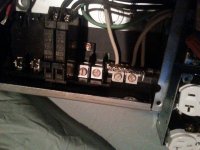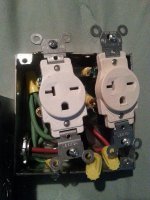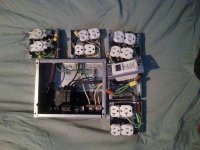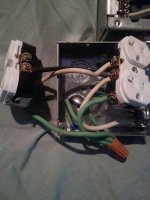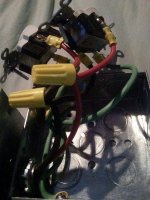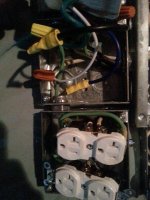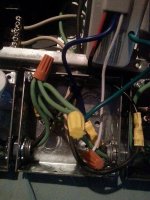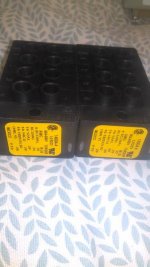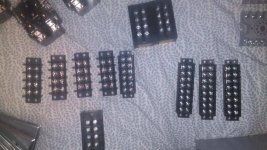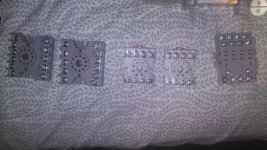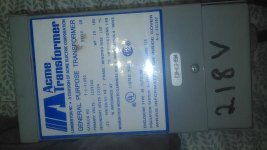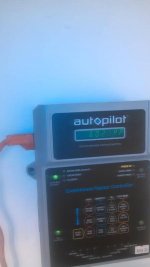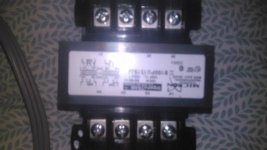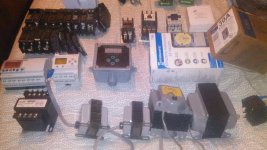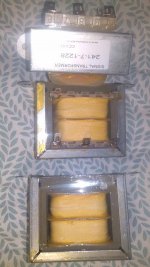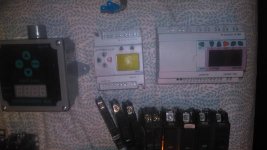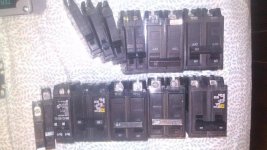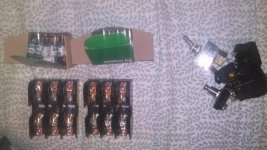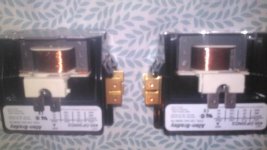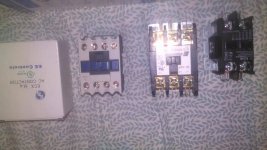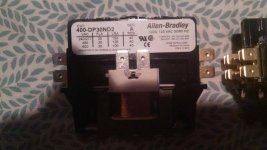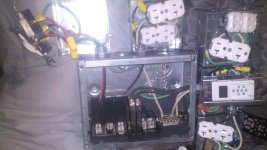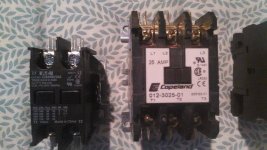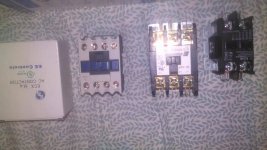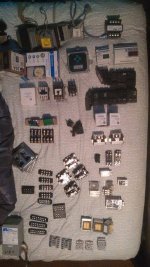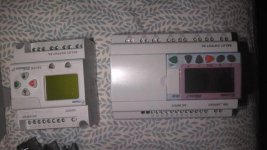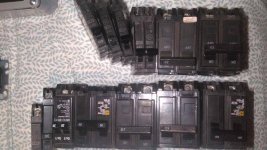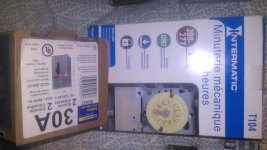garthvader
New member
you both make very valid points and i don't argue with them at all, and they would be the right choice... but, that said upgrading my cords would drive the cost high enough to the point i would just buy a pre-fabed light controller from my local shop, which has the same standard plugs i talk about wired at 240 anyways (without the option to upgrade amperage or receptacles later if i so please) so im at a decision now. being me(cheap&risky) i will most likely use the 5-20 receps labeled very well as long as they safely handle the 240 load, safely handling the load is my main concern i just dont want the outlet melting/fying burning the house down; a peice of equipment is a much smaller story than that (unless left pluged in that is ) each outlet will only be taking 2.5-3amps (600w) so 5-6 per recep.
) each outlet will only be taking 2.5-3amps (600w) so 5-6 per recep.
im sure its still a dumb idea but thats my thoughts on it.
 ) each outlet will only be taking 2.5-3amps (600w) so 5-6 per recep.
) each outlet will only be taking 2.5-3amps (600w) so 5-6 per recep.im sure its still a dumb idea but thats my thoughts on it.

